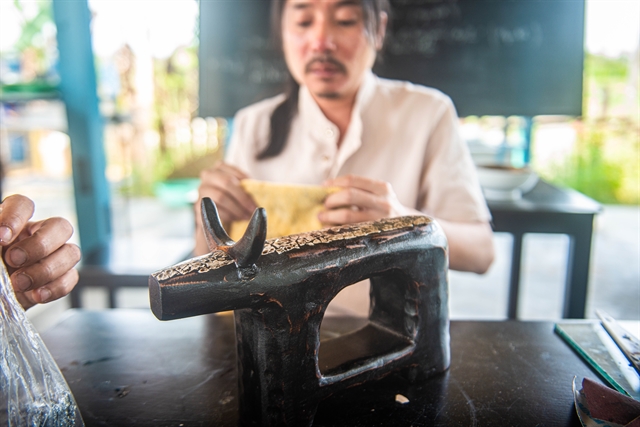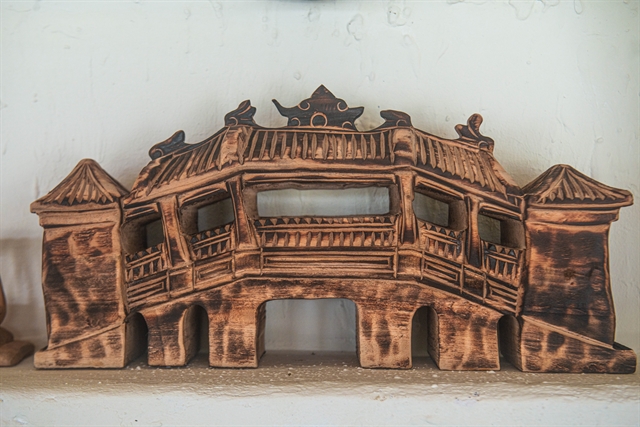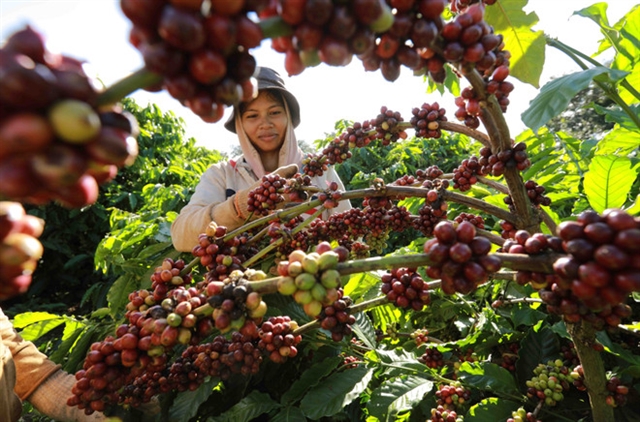 Life & Style
Life & Style

 |
| Visitors at the Driftwood Village in Cẩm Hà Commune, Hội An. The site displays a collection of more than 100 sculptures from recycled firewood and debris. — Photo courtesy of Ngọc Thuận |
HỘI AN — Driftwood Village, Hội An's first wood recycle space, has been unveiled in the ancient Cẩm Hà Commune, situated on the much-loved bicycle route that connects the Old Quarter to An Bàng Beach.
The founder of the studio, Lê Ngọc Thuận, has revealed that the space will serve as a hub for tourists who are keen to explore Hội An's unique tourism offerings and meet the talented craftsmen of Kim Bồng carpentry village.
This innovative centre is focused on transforming firewood and debris into stunning sculptures and interior decorations, which have been created from a collection of over 100 sculptures.
The sculptures were made using wood that had drifted onto Cửa Đại Beach. Thuận proudly stated that these are the most exceptional sculptures selected from 400 firewood-recycled sculptures during the COVID-19 pandemic, which rocked the world in 2020-21.
 |
| An artist creates a lacquer from driftwood. It is a 'green' and sustainable tourism destination in the town. — Photo courtesy of Lê Ngọc Thuận |
The driftwood was transformed into cats, buffalo, and the Japanese Bridge – an iconic symbol of Hội An – or Cơ Tu ethnic group designs, he added.
Each driftwood-made sculpture carries different stories under the skillful hands of the traditional carpenters of the 400-year-found Kim Bông Village.
Thuận, 42, who manages restaurants and bars along An Bàng Beach in Hội An City, said the Coco Casa Workshop also has a showroom featuring recycling firewood, debris sculpture and interior decorations.
He said the newly-launched Driftwood Village’s Studio would help train poor ethnic children in a mountainous area in Quảng Nam to recycle products to serve tourism.
 |
| Some reclaimed firewood sculptures. The town is a leading sustainable tourism experience site in central Việt Nam. — Photo courtesy of Driftwood Village |
Tourists can book an experience of making reclaimed driftwood and debris themselves as souvenirs or decorations.
Hội An – the UNESCO-recognised World Heritage Site – had been using straws, containers and souvenirs from bamboo and reeds and promoting the use of reusable bags and the 'Say No to Single-Use Plastics' campaign.
 |
| The Japanese Bridge design is created from a log that drifted onto Cửa Đại Beach. Carpenters from Kim Bồng carpentry village in Hội An transformed it. — Photo courtesy of Coco Casa Bar |
The ancient town and the Chàm Islands World Biosphere Reserve in Quảng Nam Province has been pivoting towards a green tourism strategy focusing on recycling, environmentally-friendly waste treatment, organic food, 'zero single-use plastics' and lower emissions. — VNS




